Choosing the perfect color palette for any room can feel overwhelming. But it doesn’t have to be! With a bit of thought and creativity, you can create a space that feels just right. Let’s dive into some effective ways to nail that color choice.
1. Define the Mood You Want to Create

Start by thinking about the mood you want to set. Each color can evoke different feelings. For instance, blues and greens are calming and peaceful. They’re perfect for bedrooms or quiet spaces. On the flip side, yellows and oranges are bright and energizing. Use them in areas where you want to feel lively and cheerful, like kitchens or playrooms.
What vibe do you wanna create? Cozy, warm, and inviting? Or maybe fresh, bright, and open? Jotting down your desired mood can really help clear your mind and guide your choices.
2. Consider the Room’s Purpose
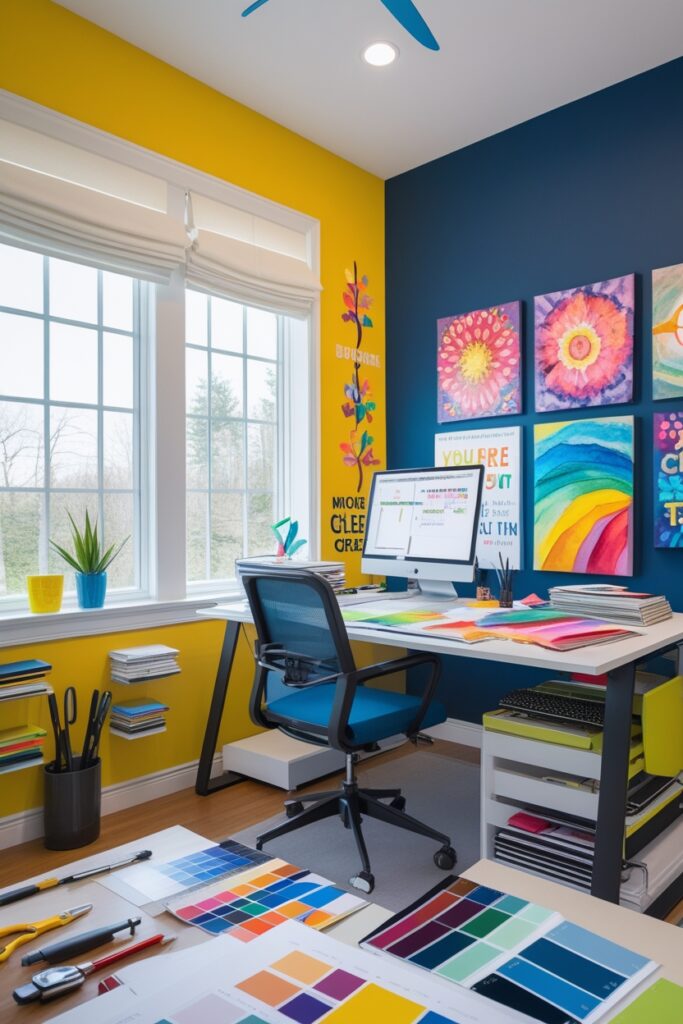
Next, think about what the room will be used for. A bedroom, for example, should be a haven for relaxation. Soft, muted colors can help create that serene atmosphere. Living rooms, on the other hand, might benefit from a bit more energy.
Is it a space for socializing? Throw in some bolder colors or patterns to spark conversation and fun vibes. Understanding the room’s purpose helps narrow down your choices, making the whole process smoother.
3. Pay Attention to Room Size
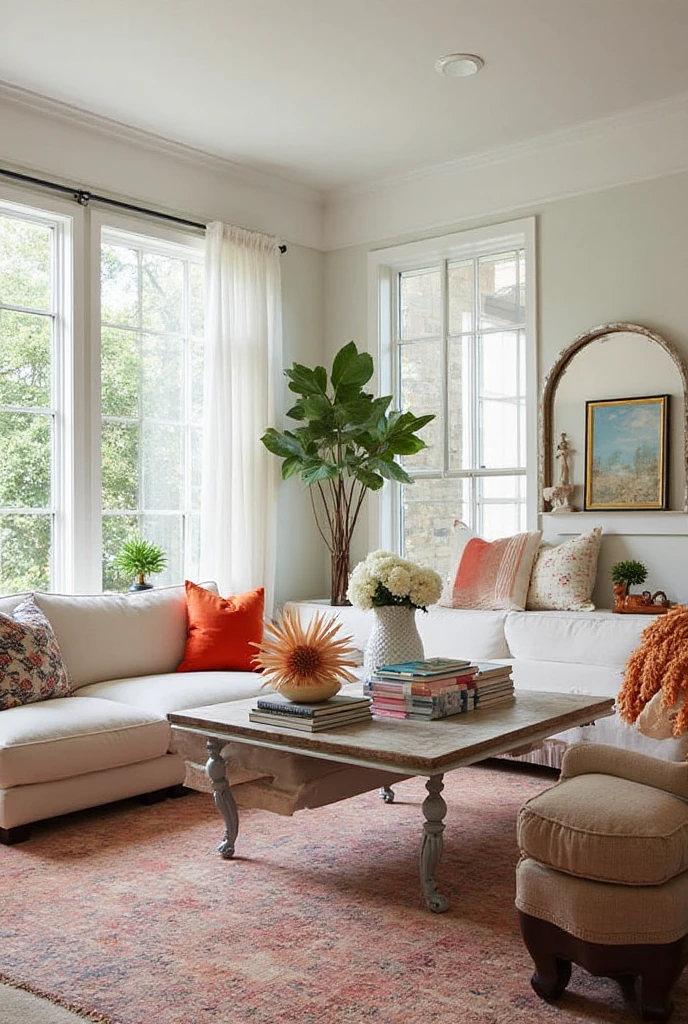
Room size is super important. Light colors can trick the eye into thinking a small space is larger. If you’ve got a tiny room, consider soft pastels or whites. They can make the area feel airy and open.
Darker shades, however, can add a cozy feel. But be cautious! Dark colors can also make a room feel cramped if not balanced correctly. If your space is small but you love deep colors, maybe add some light accents or a large mirror to reflect light!
4. Consider Your Lighting
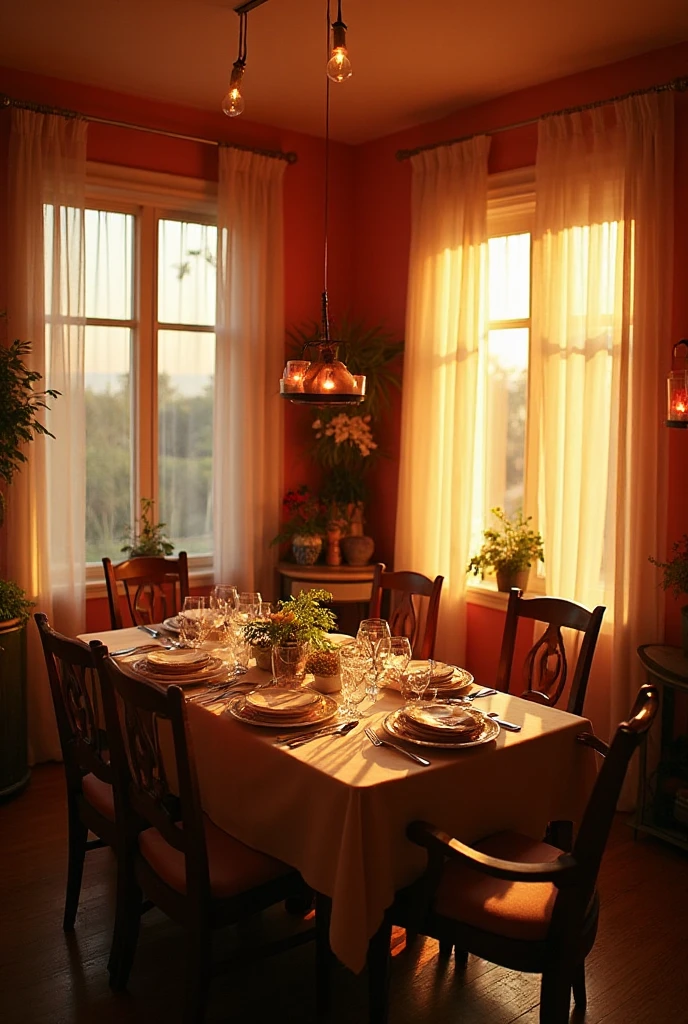
Lighting plays a crucial role in how colors appear. Natural light can change how a color looks throughout the day. A bright, sunny room can handle bold colors, while a darker room may need lighter, warmer shades.
Don’t forget about artificial lighting too! Warm bulbs can bring out the richness in colors, while cool bulbs can make them look harsher. Test your colors under different lighting conditions before making a final decision. You want your room to shine, no matter the time of day!
5. Look at Existing Elements
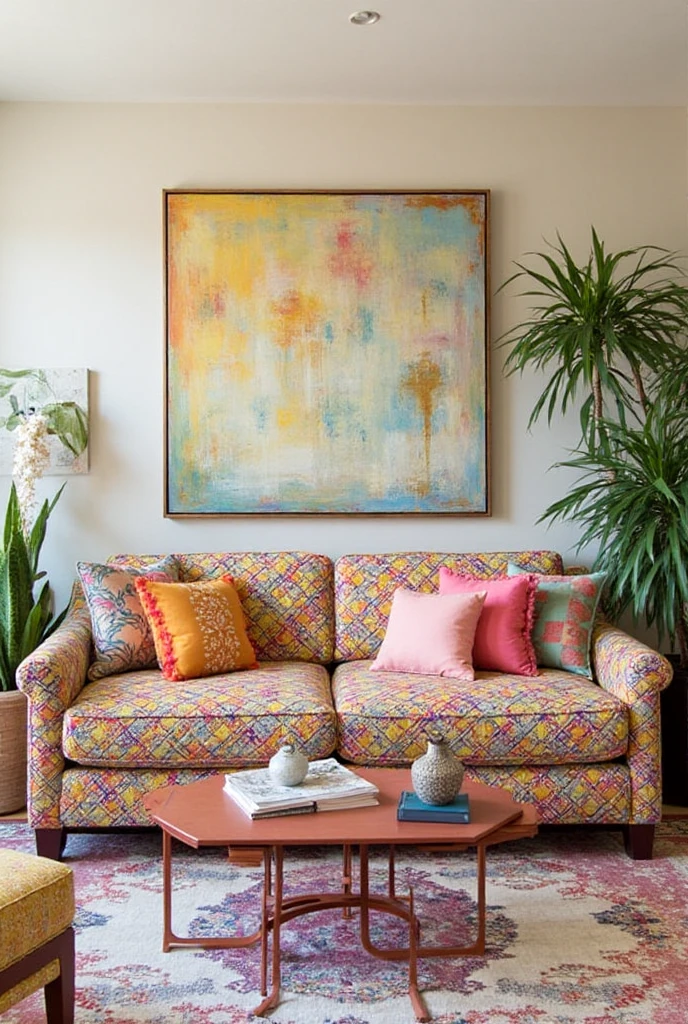
Take a good look at what you already have. Your furniture, flooring, and decor should all work together with your new color scheme. If you’ve got a standout piece, like a bright red sofa or a patterned rug, let it guide your palette.
It’s important that everything feels cohesive. This way, you won’t end up with a chaotic clash of colors. A harmonious blend creates a more inviting atmosphere.
6. Embrace Neutrals

Don’t underestimate the power of neutrals! They’re versatile and can really balance out bolder shades. If you’re feeling unsure, a neutral base with pops of color can be a fantastic starting point.
Think of it as a blank canvas. You can always add more color later. Neutrals also create a calming backdrop that allows colorful accents to shine without overwhelming the space.
7. Use the 60-30-10 Rule
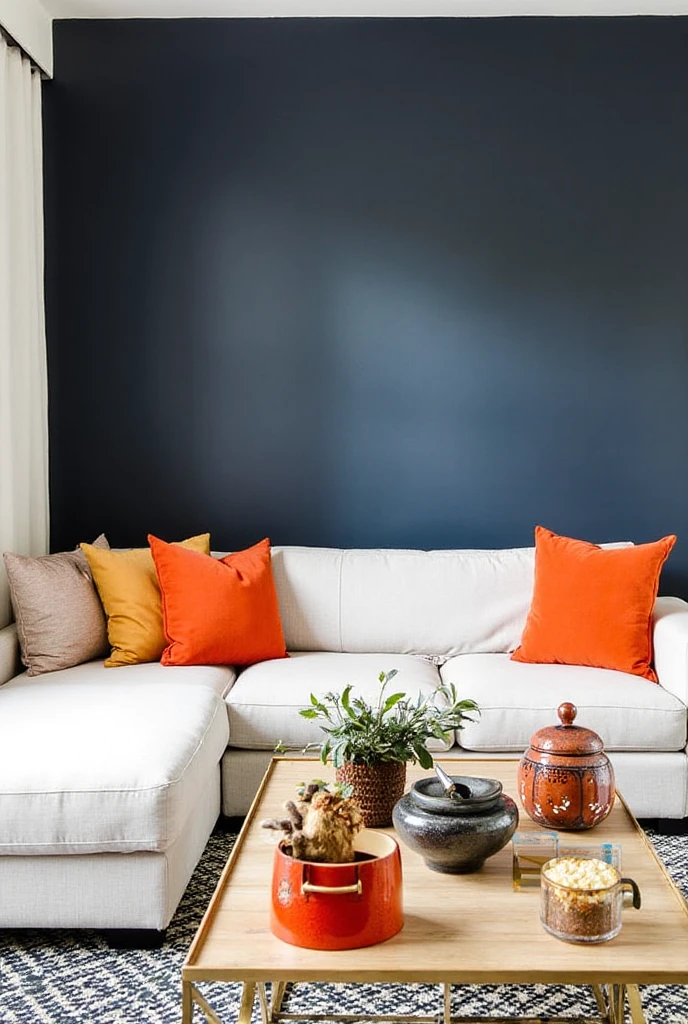
Here’s a fun guideline to keep in mind: the 60-30-10 rule. This means 60% of your room should be the main color, 30% a secondary color, and 10% an accent.
This balance keeps things visually interesting without going overboard. It’s a simple way to play with colors and still maintain a sense of harmony in your design. Try applying this rule in your next room makeover!
8. Seek Inspiration Everywhere
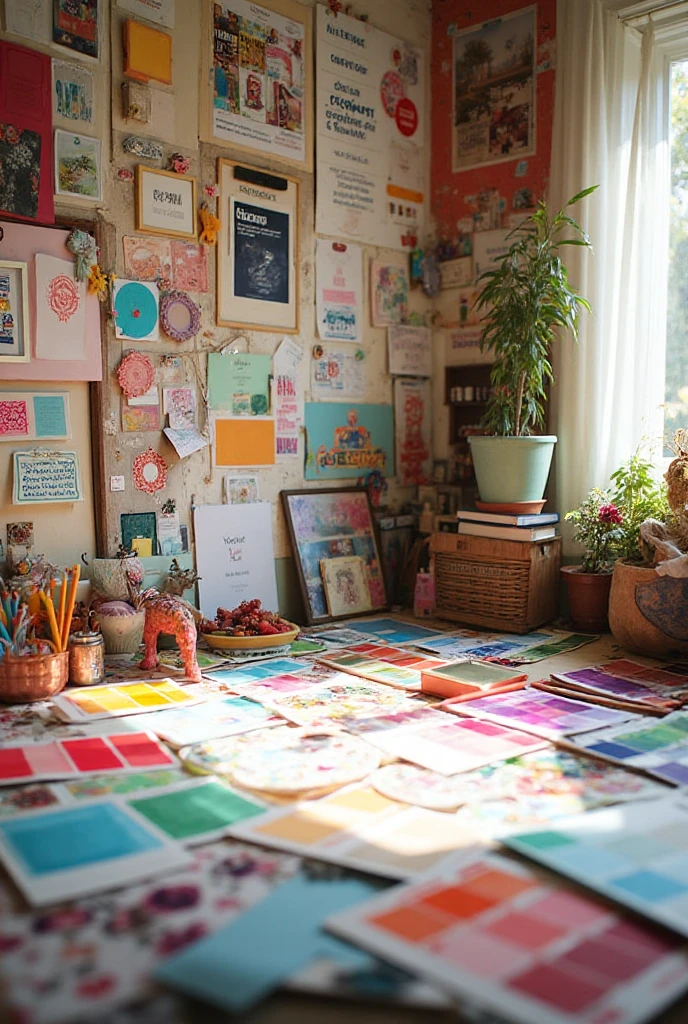
Inspiration can strike from anywhere. Magazines, Pinterest, or even nature can spark ideas. Pay attention to colors that catch your eye and make you feel good.
You might discover a combination you never thought of! Sometimes the best ideas come from the most unexpected places. Keep a little notebook or a digital gallery of colors that inspire you for easy reference.
9. Think About Flow Between Rooms

If your home has an open layout, consider how colors transition from one space to another. You don’t want your living room to clash with your kitchen or hallway.
Choose colors that complement each other. This creates a sense of continuity throughout your home. It also makes your space feel more cohesive and intentional.
10. Take Your Time to Experiment

Don’t rush this process. Take your time to experiment with different colors. Grab some paint samples and try them out on the walls.
Observe how they look at different times of the day. Colors can shift with the light, so you wanna see how they feel in your specific space. This step can save you from potential regrets later on.
11. Utilize Color Theory
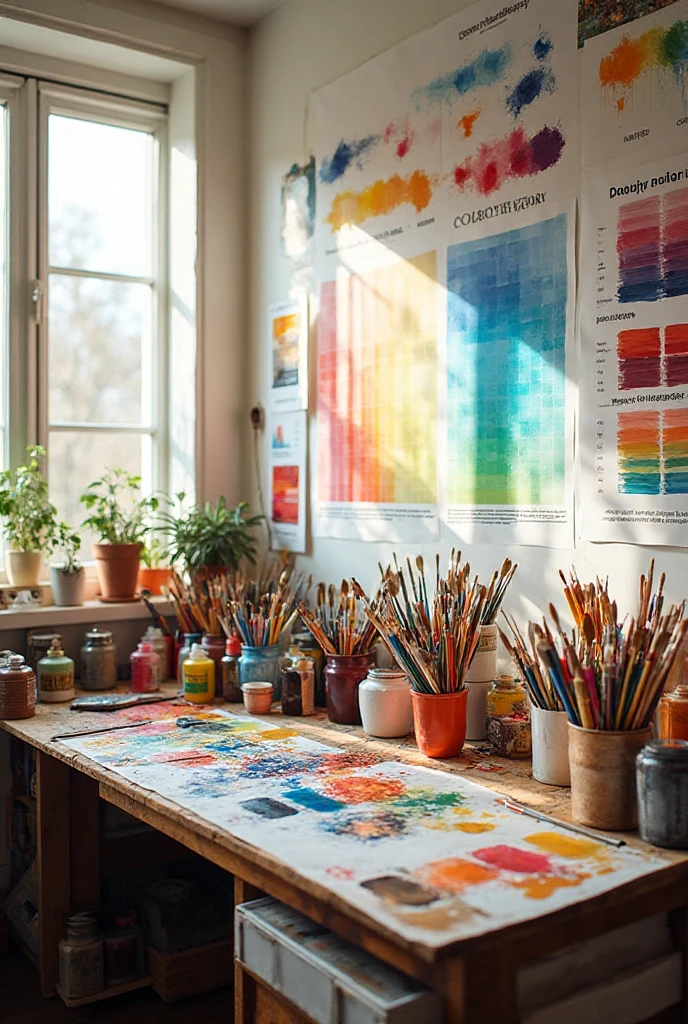
Understanding color theory can be a huge advantage. Complementary colors are opposite each other on the color wheel. They create a dynamic look that’s visually striking.
Analogous colors, which sit next to each other, offer a more harmonious feel. This knowledge can help you mix and match colors that work well together, creating a balanced and attractive palette.
12. Consider Seasonal Changes
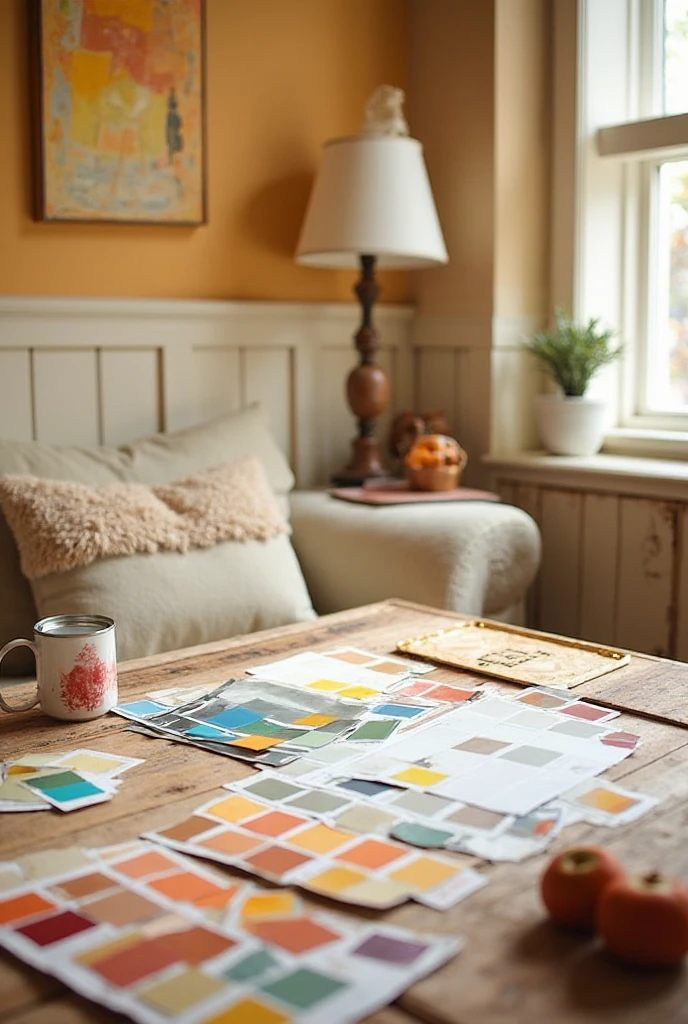
Colors can feel different with the changing seasons. You might want warm tones during fall and fresh pastels in spring. Think about how the color palette can adapt over time.
You can also change small elements like cushions or artwork to reflect seasonal colors. This keeps your space feeling fresh and current without a complete overhaul.
13. Think About Texture and Pattern
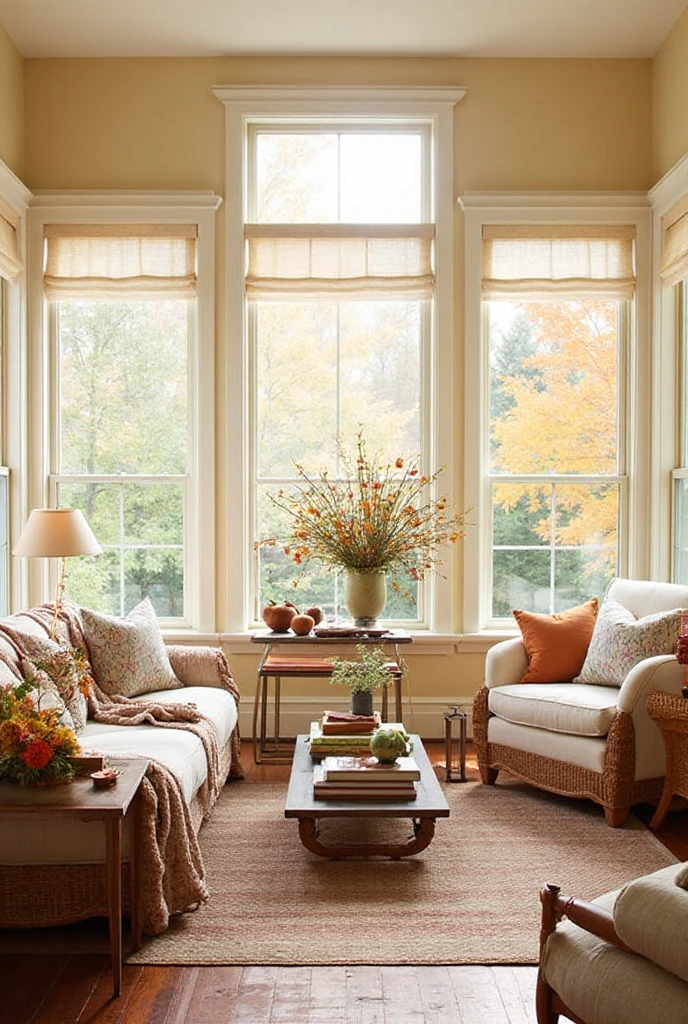
Texture and pattern play a big role in how colors are perceived. A color might look different on a smooth surface compared to a textured one. Incorporate various materials to bring depth to your palette.
For instance, a matte wall may soften a color, while a glossy finish can make it pop. Patterns can also add interest. Just ensure they don’t clash with your chosen color scheme!
14. Test with Fabric and Swatches
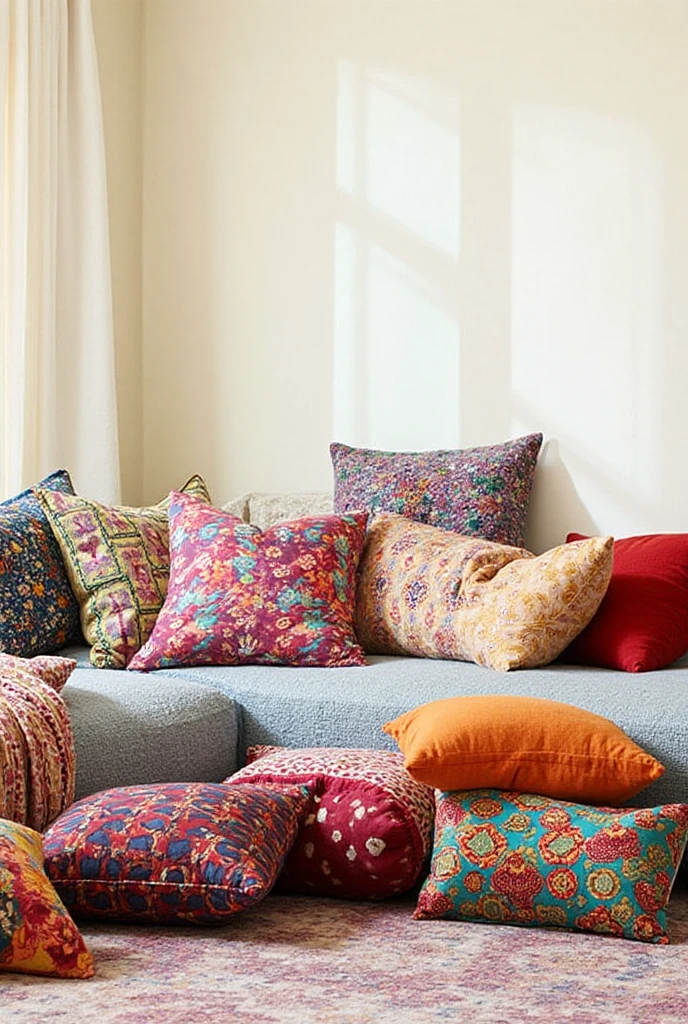
Before committing to paint, test your colors with fabric swatches. This gives you a better idea of how the colors will play together.
You can drape fabrics over furniture or hold them against the wall. This step helps ensure everything works in harmony and gives you a tangible feel for the colors.
15. Don’t Ignore the Ceiling
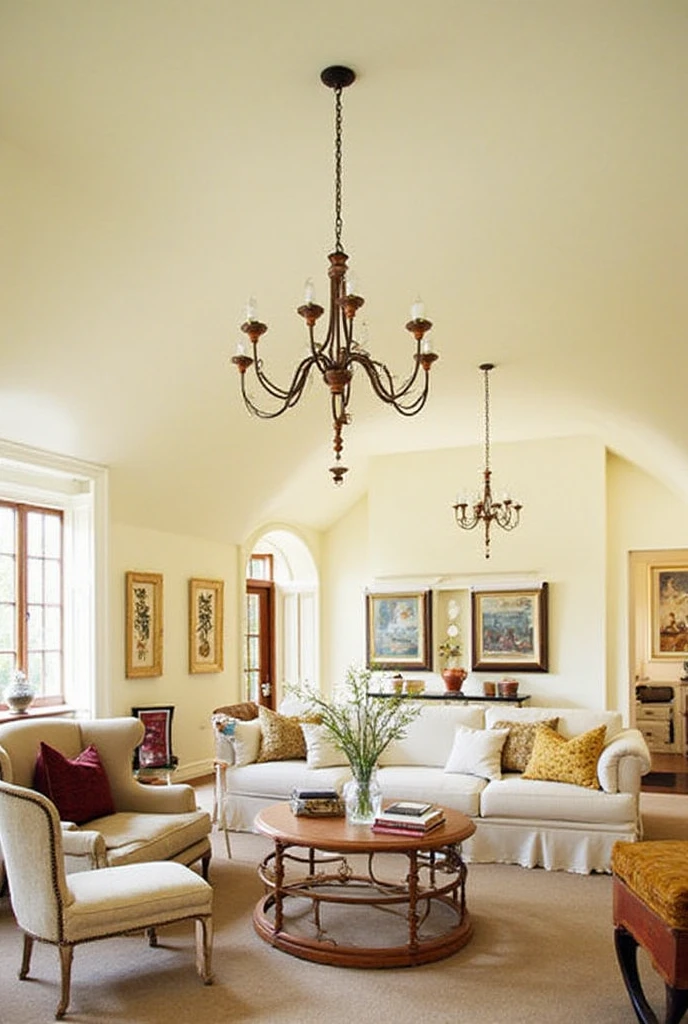
The ceiling is often overlooked but can dramatically impact the overall feel of a room. A light-colored ceiling can make a room feel taller, while a darker ceiling can create a cozy atmosphere.
Consider painting the ceiling a lighter shade of your wall color or going for a bold contrast. This can add an unexpected twist and elevate your design.
16. Trust Your Instincts
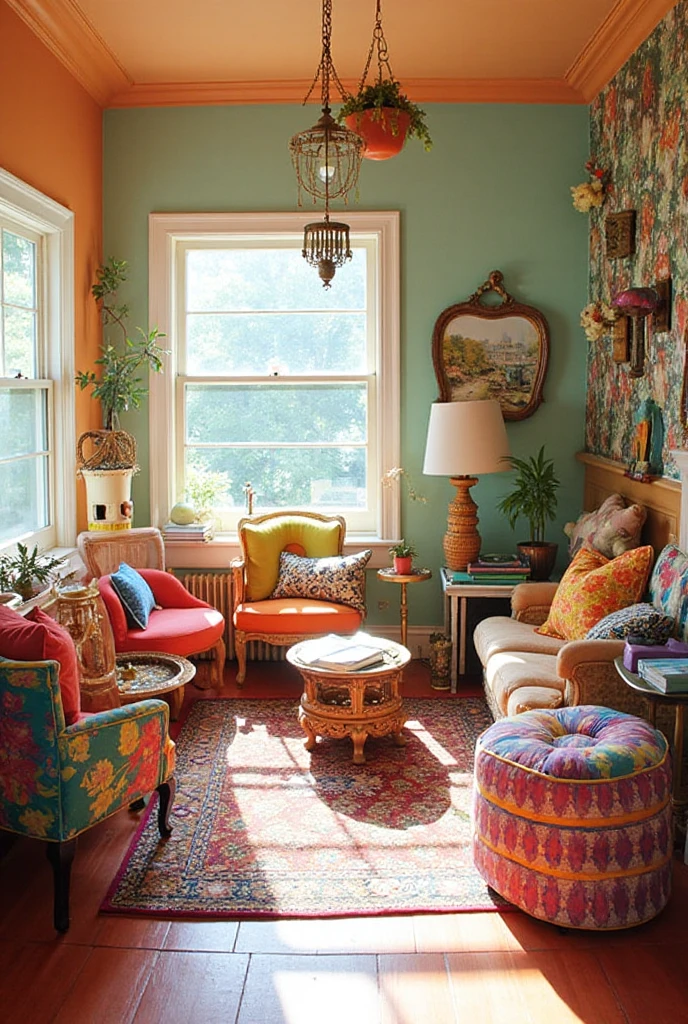
Finally, trust your gut! At the end of the day, it’s your space. Choose colors that resonate with you and make you happy. Don’t be afraid to break the rules if something feels right.
Your home should reflect your personality and style. So, go with what you love, and don’t second-guess yourself too much.
Additional Considerations for a Cohesive Color Palette
While the above tips give you a solid foundation, there are additional considerations to keep in mind.
Cultural Influences and Personal Background
Consider cultural influences or personal experiences that might affect your color choices. Certain colors might hold special meanings or evoke memories that can guide your decisions. For example, if you grew up in a home with vibrant colors, you might feel drawn to those hues.
Color Psychology in Detail
Delving deeper into color psychology can also enhance your choices. For instance, green is often associated with nature and tranquility, making it great for spaces where you want to relax. Red, however, can stimulate energy and excitement, making it suitable for dining areas or social spaces. Understanding these nuances can give you more insight into your palette.
Explore Color Combinations
Don’t be afraid to explore unexpected color combinations. Sometimes, the most striking palettes come from colors that are not typically paired together. Consider using a color wheel to find combinations that work well together. You might stumble upon a beautiful mix that feels fresh and original.
Layering Colors
Layering colors can also create depth. You can achieve this by using different shades of the same color or incorporating various textures that feature the chosen hues. This technique adds interest and complexity to your design.
The Role of Accessories
Accessories can play a huge role in your color choices. Think about how you can use decorative items like vases, artwork, and cushions to tie your palette together. They can be an excellent way to introduce colors without committing to painting entire walls.
Conclusion
Choosing the perfect color palette for any room can seem like a huge task. But with these 16 tips, you’re well on your way to creating a space that feels just right. Remember to define your mood, consider the room’s purpose, and pay attention to lighting and existing elements.
Take your time experimenting with different colors and use color theory to your advantage. Don’t rush into decisions, and trust your instincts. Your home should be a reflection of you, filled with colors that bring joy and comfort.
So, grab those paint samples, seek inspiration, and get creative! You’ve got this! With a little patience and exploration, you’ll find the perfect color palette that makes your heart sing every time you walk into that room. Happy decorating!

Mariana is an experienced blogger and interior design enthusiast at Mood Layered. With a keen eye for aesthetics and a love for cozy, functional spaces, she shares creative home decor ideas that inspire and delight.